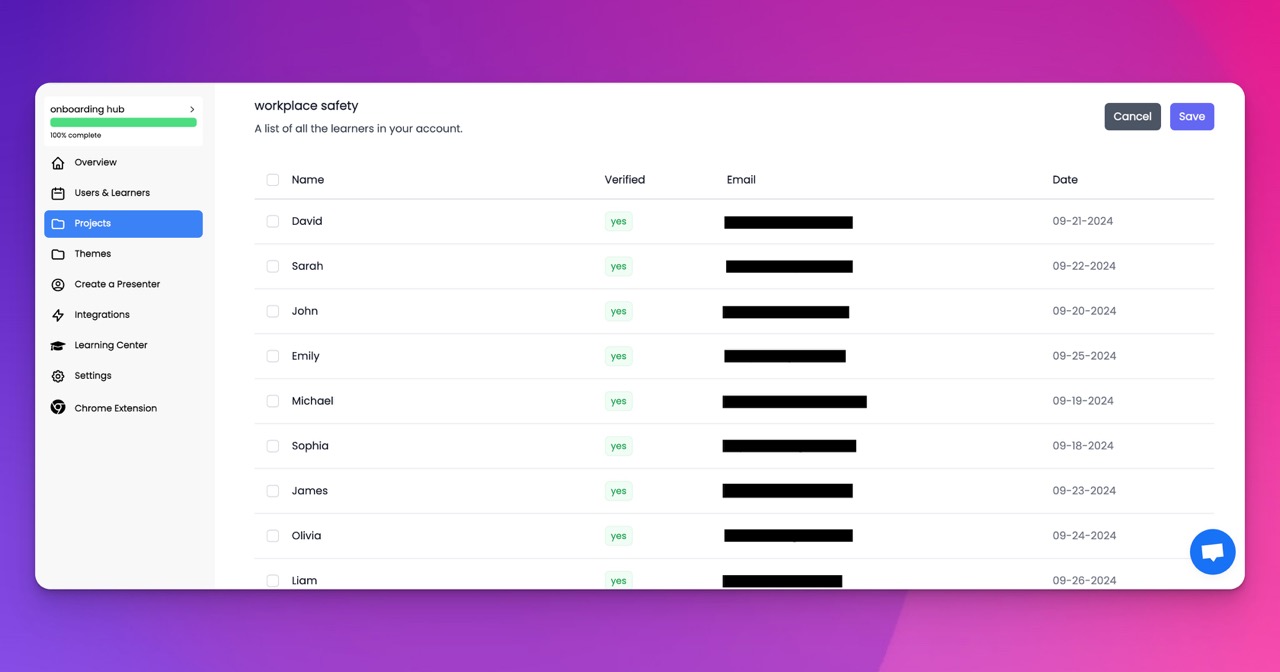🎉 Trainday now integrates with Zendesk and Hubspot 🎉 Trainday now integrates with Zendesk and Hubspot 🎉 Trainday now integrates with Zendesk and Hubspot
🎉 Trainday now integrates with Zendesk and Hubspot
🎉 Trainday now integrates with Zendesk and Hubspot
Contact
The History Of Skeleton Keys
Skeleton keys have been around for centuries, and their fascinating history is often overlooked. These keys were used to unlock various types of locks, including padlocks, cabinets, and doors. The first skeleton keys were simple iron or brass keys that could open most locks, but as locks evolved, so did the keys.
The term "skeleton key" comes from the key's design, which often had a long, thin stem with a simple, flat bit. The key's stem was designed to fit through the lock's keyhole, allowing the user to manipulate the lock's tumblers and release the lock. Skeleton keys were popular during the 18th and 19th centuries, when locks were often made by hand and lacked the precision of modern locks.
Skeleton keys were often used by locksmiths, who would carry a set of keys to help them open any lock they came across. Skeleton keys were also used by burglars, who could use them to gain access to homes and businesses. As a result, skeleton keys became associated with crime, and their use was restricted in many parts of the world.
Modern locks have largely replaced the need for skeleton keys, but they remain popular among collectors and enthusiasts. Antique skeleton keys can be found at flea markets and antique stores, and some people even collect sets of keys as a hobby.
In conclusion, the history of skeleton keys is a fascinating one that spans centuries. These keys were once an essential tool for locksmiths and burglars alike and have left an indelible mark on history. While their use may be limited today, skeleton keys remain an intriguing artifact of a bygone era.
Accelerate Compliance.
Deliver OSHA-Ready Courses Instantly.
Empower your team with data-driven training solutions tailored to your industry's safety standards. Stay compliant, reduce risks, and boost productivity with AI-powered course creation.
